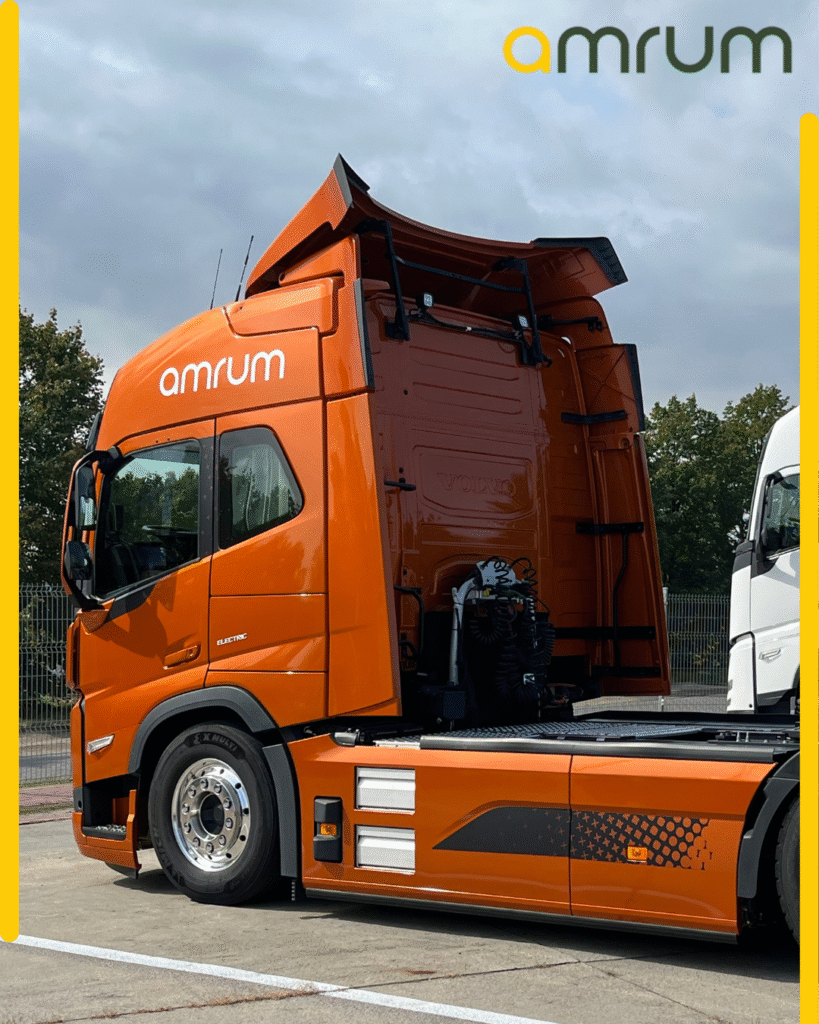Pomysł wyposażania naczep w elektryczny napęd zaczyna wychodzić poza strefę koncepcji i testów producentów. Najnowsze badania przeprowadzone przez Instytut Fraunhofera oraz TU Darmstadt, wspierane przez niemieckie Ministerstwo Gospodarki i Energii, potwierdzają, że elektryczne naczepy to realna szansa na duże oszczędności paliwa.
Testy przeprowadzone latem w Niemczech objęły naczepę z dwoma silnikami elektrycznymi, baterią zamontowaną pod podłogą, systemem sterowania CuroCon oraz panelami fotowoltaicznymi na bokach.
Wyniki? Od 30 do 40% mniej zużytego paliwa i tyle samo mniejsza emisja CO₂ – wszystko dzięki wsparciu dla ciągnika spalinowego, zwłaszcza podczas przyspieszania i jazdy pod górę.
Co ciekawe, test obejmował też innowacyjny wózek typu dolly, który potrafi komunikować się z naczepą i samodzielnie przestawiać ją po terminalach – całkowicie elektrycznie. Może to oznaczać koniec dla klasycznych ciągników terminalowych.
Wcześniejsze testy innych firm, jak DB Schenker czy DSV, potwierdzają skuteczność napędzanych naczep, wykazując oszczędności rzędu 24–55%.
Czy to przyszłość transportu? Jak na razie wiele wskazuje na to, że może być to rozwiązanie zmieniające realia transportu – a dalsze testy z pewnością dostarczą jeszcze więcej danych.
EN/
Electric semi-trailer = real savings
The idea of equipping trailers with electric drives is starting to move beyond the concept and manufacturer testing phase. The latest research conducted by the Fraunhofer Institute and TU Darmstadt, supported by the German Ministry of Economic Affairs and Energy, confirms that electric trailers represent a real opportunity for significant fuel savings.
Tests carried out in Germany this summer involved a trailer equipped with two electric motors, a battery mounted under the floor, the CuroCon control system, and photovoltaic panels on the sides.
The results? 30–40% less fuel consumption and the same reduction in CO₂ emissions – all thanks to supporting the diesel tractor, especially during acceleration and uphill driving.
Interestingly, the test also included an innovative dolly that can communicate with the trailer and move it autonomously around terminals – fully electrically. This could signal the end of conventional terminal tractors.
Previous tests by companies such as DB Schenker and DSV confirm the effectiveness of powered trailers, showing savings in the range of 24–55%.
Is this the future of transport? For now, many signs point to it being a solution that could reshape transport reality – and further tests will certainly provide even more data.

